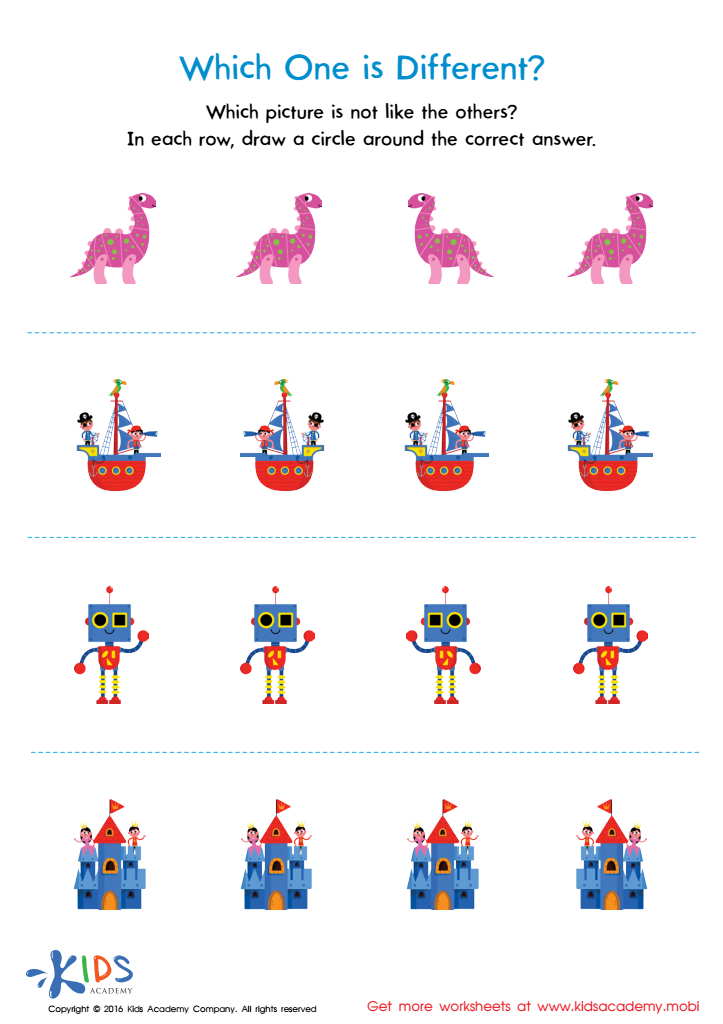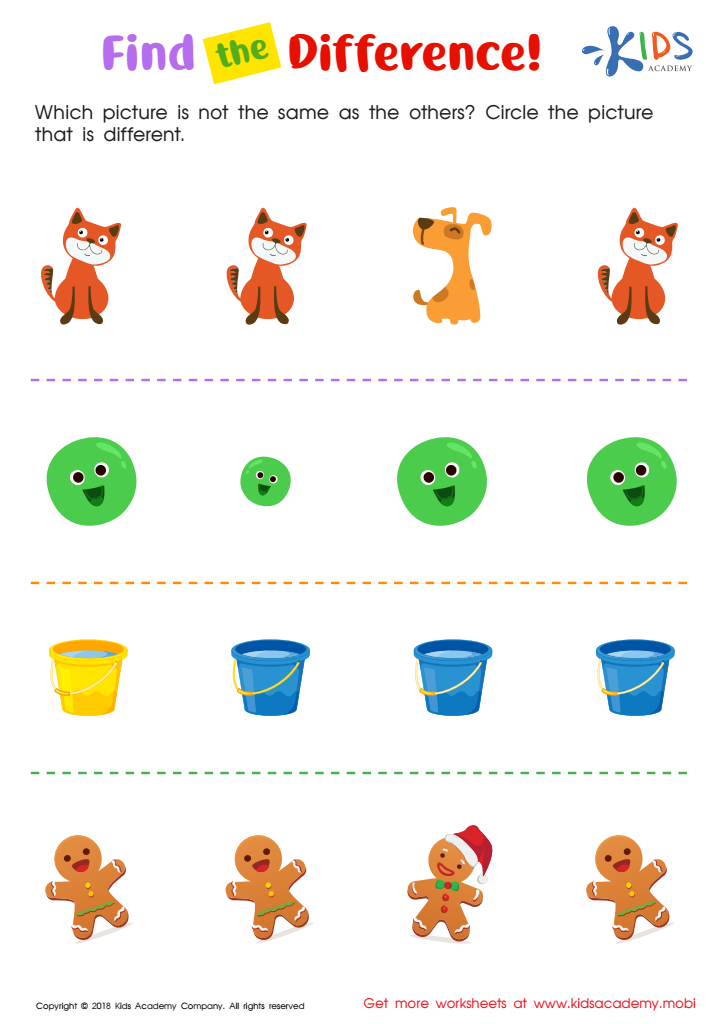-
English
-
English Pre-K
-
Unit 1: Early Literacy Skills
-
ABCs
- Pre-writing Activities
- Letter A
- Letter B
- Letter C
- Letter D
- Letter E
- Letter F
- Letter G
- Letter H
- Letter I
- Letter J
- Letter K
- Letter L
- Letter M
- Letter N
- Letter O
- Letter P
- Letter Q
- Letter R
- Letter S
- Letter T
- Letter U
- Letter V
- Letter W
- Letter X
- Letter Y
- Letter Z
-
Phonological Awareness
- Rhyming Words
- Letter Sounds B, C, D, and F
- Letter Sounds G, H, J, and K
- Letter Sounds L, M, N, and P
- Letter Sounds Q, R, S, and T
- Letter Sounds V, W, X, Y, and Z
- Letter Sounds A, E, and I
- Letter Sounds O and U
- Beginning Sounds
- Matching Letters to Sounds
-
ABCs
-
Unit 2: Vocabulary
-
Common Words
- Sorting Words into Categories
- Color Words
- Verbs and Adjectives
-
Sight Words
- Sight Words 'I' and 'Can'
- Sight Words 'You' and 'Like'
-
Common Words
-
Unit 3: Print Awareness
-
Parts of a Book
- Working with a Book
- Spaces Between Words
- Text and Illustrations
-
Picture Books and Poems
- Picture Book Text Features
- Poem Text Features
- Signs and Labels in the Community
-
Parts of a Book
-
Unit 4: Reading Literature
- Questions About Stories
- Discussing Stories
-
Unit 5: Reading Informational Texts
- Retelling Details in a Text
- Questions About a Text
- Connections Between Events
- Text Features
- Describing Illustrations
-
Unit 1: Early Literacy Skills
-
English Pre-K
-
Math
-
Math for Pre-Kindergarten
-
Logic and Geometry
-
Matching and Sorting
- Same and Different
- Which One Is a Little Different?
- Objects That Go Together
- Sorting by Color and Size
- Sorting The Same Group in Different Ways
- Patterns
-
Shapes
- Shapes in Our Environment
- Naming Shapes Regardless of Size
- Making Shapes in Preschool
- Comparing Shapes
- Relative Positions
- Sorting Shapes
-
Matching and Sorting
-
Early Number Sense
-
Numbers 1–5
- Counting to 3
- Counting to 5
- Arranging Objects up to 3 Objects
- Arranging up to 5 Objects
- Writing Numbers 1–5
-
Numbers 1–5
-
Numbers up to 10
- Counting to 10
- Arranging up to 10 Objects
- Number 0
- Writing Numbers 6–10
- Breaking Down Numbers 6-10
-
Logic and Geometry
-
Math for Pre-Kindergarten
One of These Things Is Not like the Others: Visual Discrimination in Pre-K
Visual discrimintaion refers to the skills needed to identify differences in objects such as shape, color and size, and sort objects based on those observations. Many times an activity like this will require a child to find which object or picture in a group does not belong. Children need to use a variety of skills in order to look at a group of objects and decide which one is different from the rest. This video will help a child form a basic understanding of how to identify objects that are a bit different than the others:
Your child needs to be able to focus and concentrate on an object or picture long enough that they are able to spot the differences. This skill may seem like just fun and games, but it is critical to your child’s development. Visual discriminiation is what allows children to detect differences between letters and numbers as they build early literacy and numeracy skills. Here are a few simple activites that you can do with your learner to support the development of visual discrimination:
- Puzzles — supports discrimination and matching of shapes
- Hidden picture books — requires focus
- Matching games — encourages focus on similarities and differences
- Tracing — improves concentrations
In addition to those ideas you can also encourage your child to identify objects around them and the characteristics they notice. For example, while reading a book, ask them to identify things on the page that are the same and different. Once they identify things that are different, ask them to explain what is different about the pictures. You can also make clean up fun by asking them to sort their art supplies based on color or type (crayon or marker).
This fun activity requires your child to notice differences in a group of four similar images, encouraging focus and concentration. As your child does this activity, encourage them to name the items and the colors that they see. When they notice a difference help them to verbalize and explain why it is different.
This is another great activity that encourages your child to look at objects and find differences. This activity requires them to discriminate based on color, size, shape and details. Work with your child to ask them what they notice about each item in order to help them decide which one is different from the rest. Encouraging the use of communication skills while doing an activity like this develops deeper understanding.
Visual discrimination truly is one of the building blocks of early learning. Children enjoy investigating their world, so encourage them to touch, lift, smell and explore while noticing similarities and differences.
There are many more activities to keep your child engaged in learning. Use our Cataglogue below to guide you!
By: Nora Brown
Elementary School Teacher



